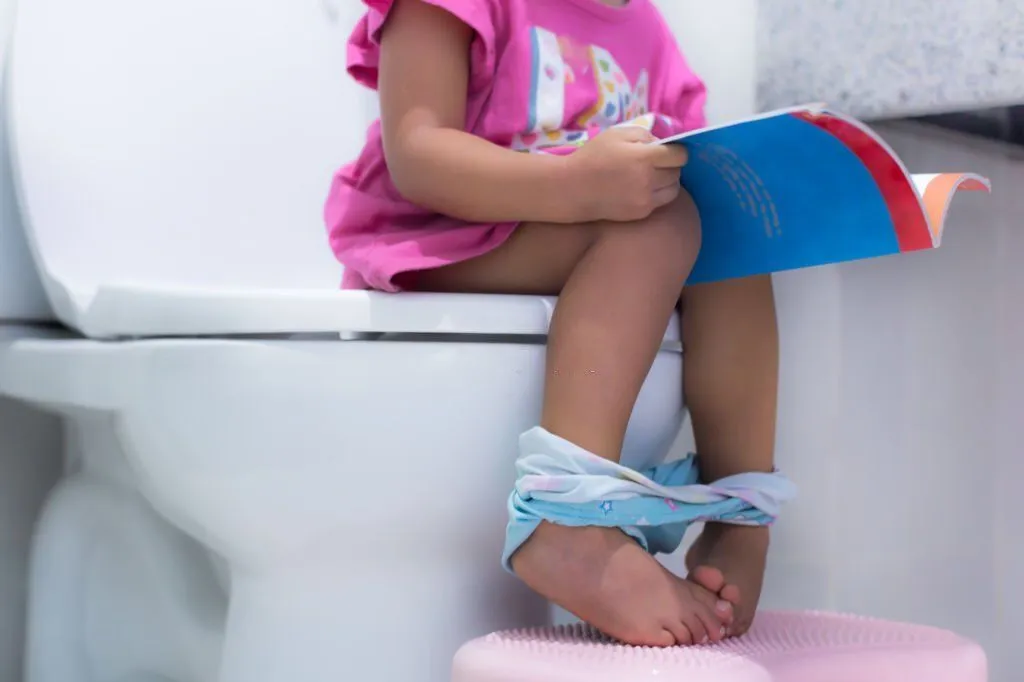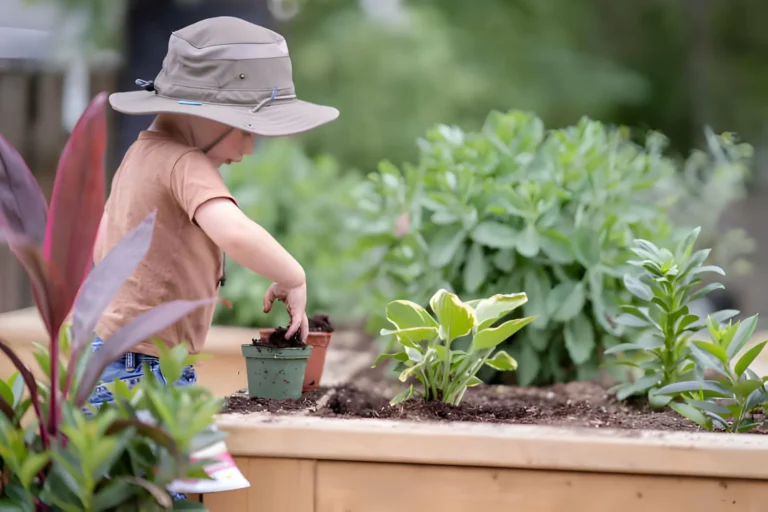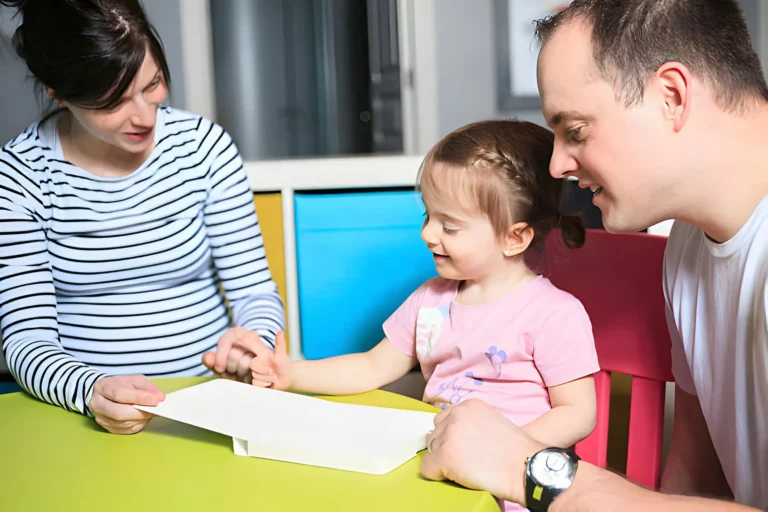
4 Toilet Learning Tips That Work
Nappies may be convenient, but they come with some unpleasant surprises. Nappy rash, diarrhoea, and leaks are just a few of the challenges.
Transitioning little ones from nappies to the toilet brings more than independence to children. It relieves parents of the task of changing nappies.
Toileting can be challenging and frustrating for parents and their children. Following some proven techniques for increasing success can help.
How do you know when children are ready to toilet train?
To increase the likelihood of successful toilet training, you must wait until your child is ready to learn. Every child is different, and pushing them too soon toward the toilet can backfire.
Some parents insist girls are easier to toilet train than boys. Science suggests they may be correct because girls’ communication and language skills develop faster.
You’ll know your child is ready to start toileting when they:
- Can follow simple instructions
- Have a dry nappy for 2 hours or more
- Make a connection between the urge to go and sitting on the toilet
How long does it take to toilet train your child?
Every child is different, so it may take your child less time or longer than the norm for toilet training. Most children, once ready, can learn to successfully use the toilet in 3 to 6 months.
When you’re first starting, it’s a good idea to have a potty seat for every room in the house to prevent accidents.
What are 4 toilet learning tips that work?
Most children respond to these four toilet learning tips:
1. Buy a potty chair
You don’t have to start using it straight away. Piquing your child’s curiosity about it can get the conversation started about switching from nappies to the toilet. Choose a toilet chair that’s appropriate for your child’s size. Then, leave it in the loo and wait for your child to notice it.
Once they ask about it, tell them it’s a special place for them to relieve themselves. Use words for bodily functions your child understands so they make the connection.
2. Demonstrate the skill
Children learn best by imitating others. Letting them watch you use the toilet can help them understand how it works. Encourage your child to sit on their toilet seat while you use the big toilet. Never force your child to sit on the toilet seat if they’re not ready.
3. Establish a routine
Children are routine-oriented. They need the structure and familiarity of knowing what to expect next in their day to thrive and grow. Toilet training is no exception. Set aside time to use the toilet throughout the day so they get comfortable with it as part of their new routine.
4. Reward success
Praise is one of the most effective ways to teach a new skill. Children who are congratulated for their small successes on the toilet become more eager to use it. A simple sticker chart works wonders for encouraging your child to continue using the toilet.
Toileting success partner
Toileting success requires partners who encourage your child to stick with their new skill. At Creative Childcare, our trained staff can work with your child throughout the day to make sure they stick to their toileting routine for the best results.
Reach out today to learn more about how our team uses storytelling or to book a tour of our facilities.



